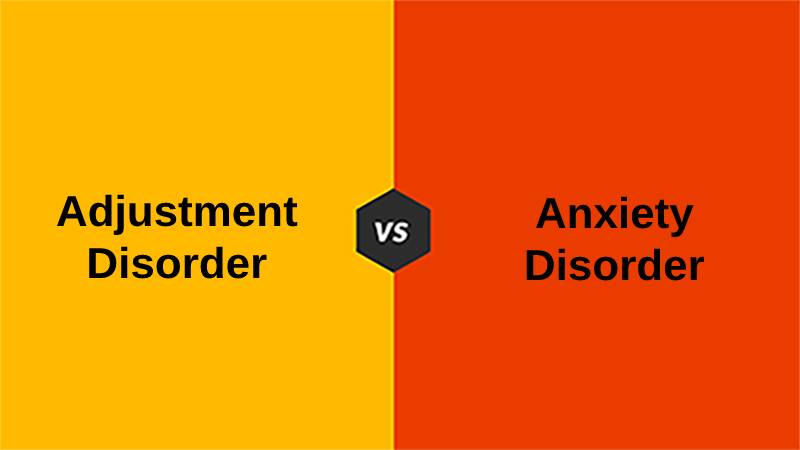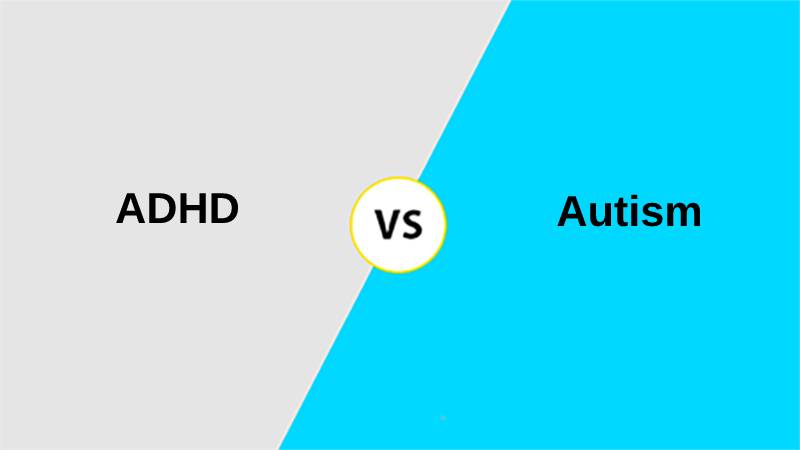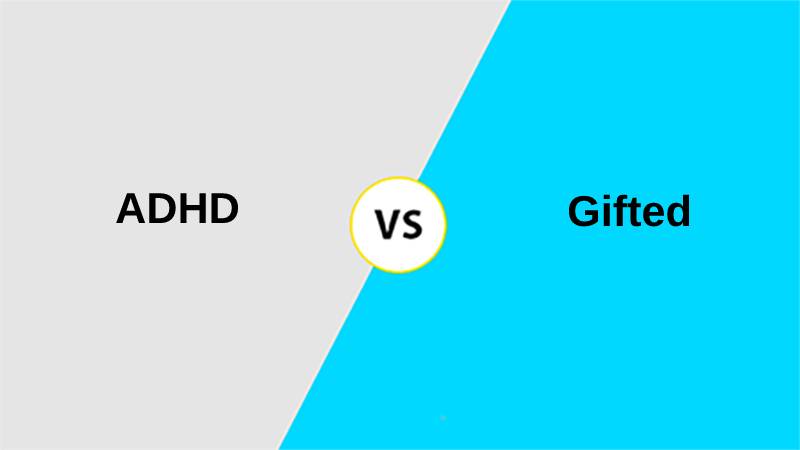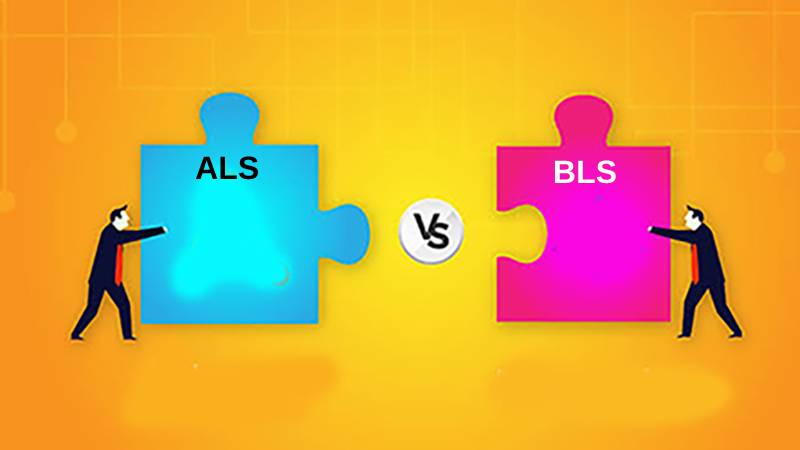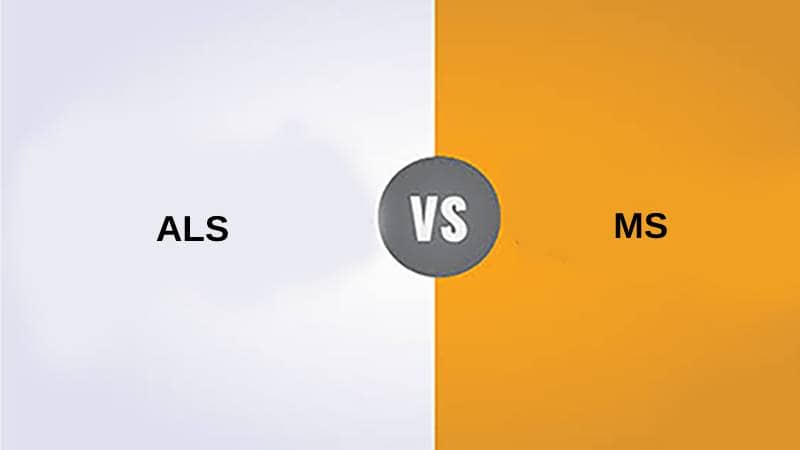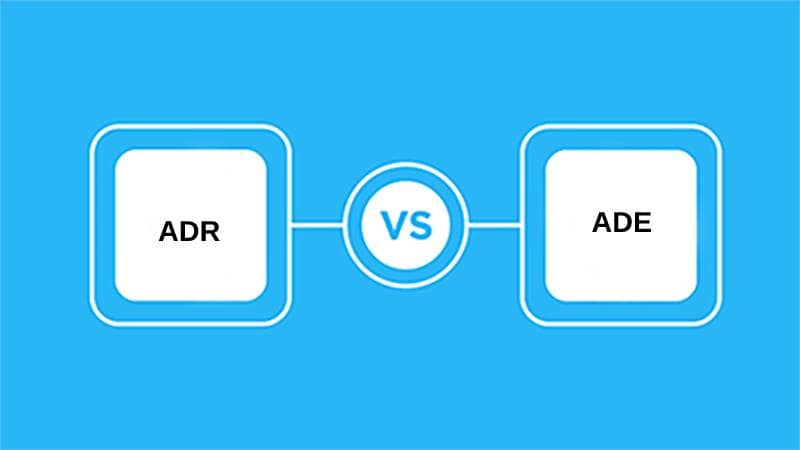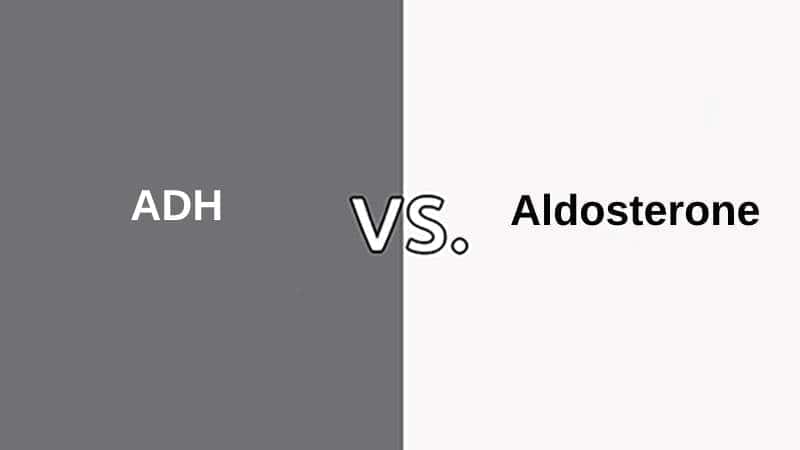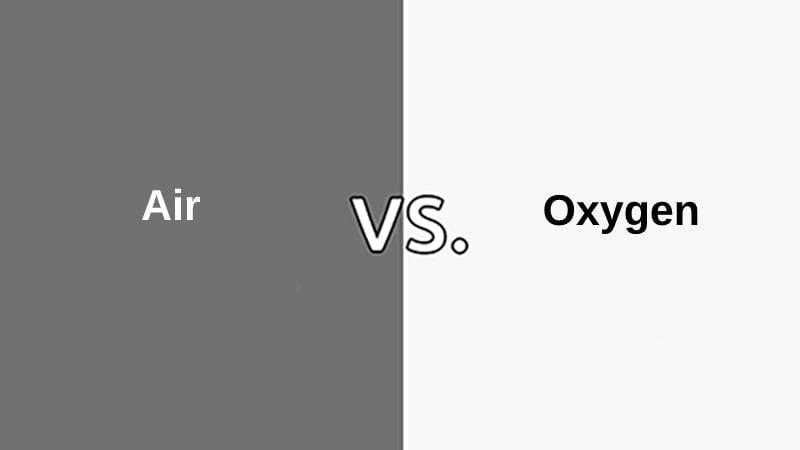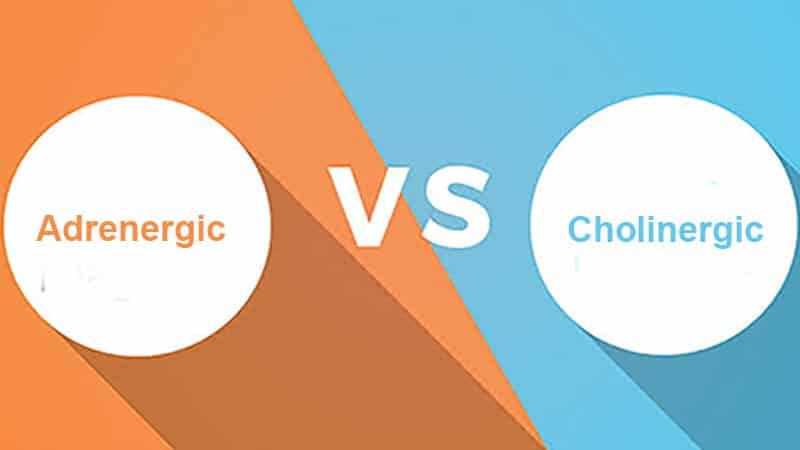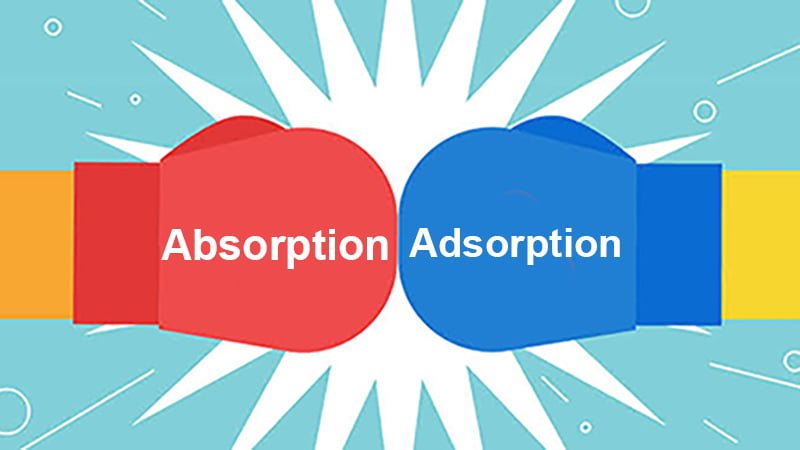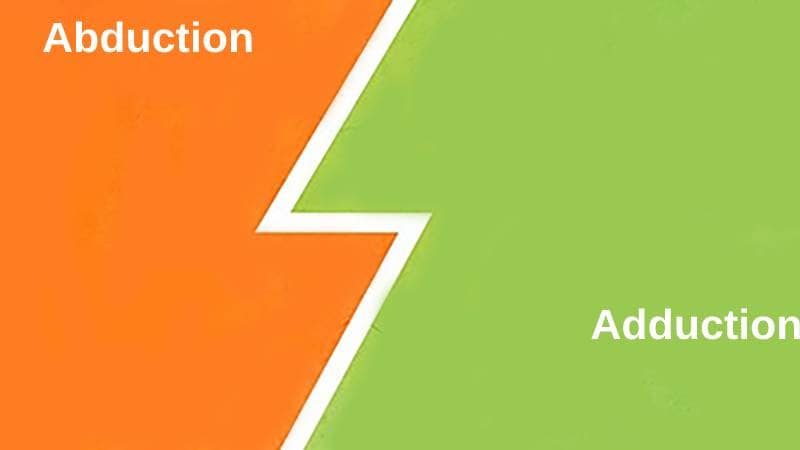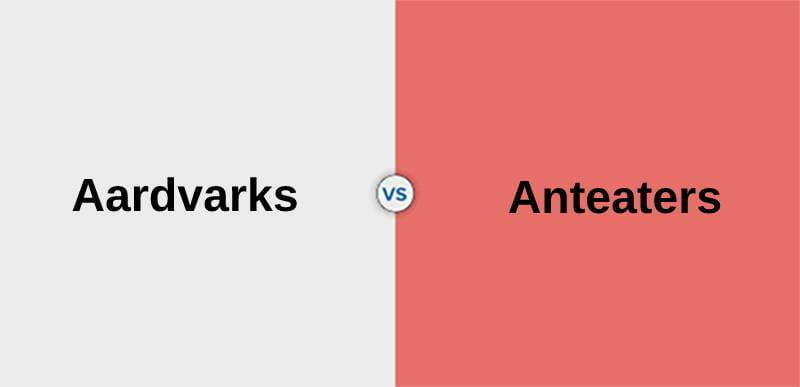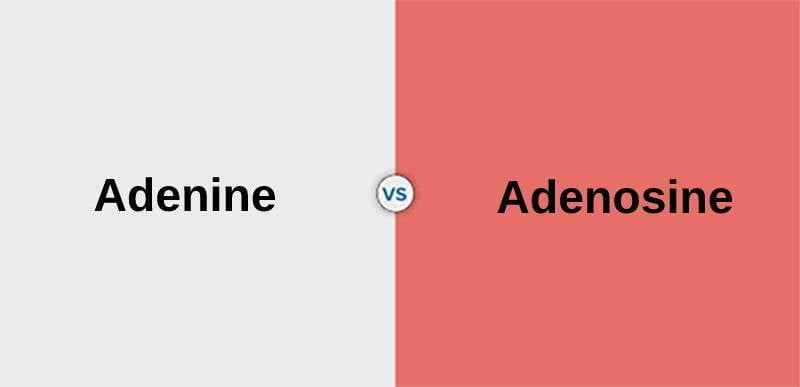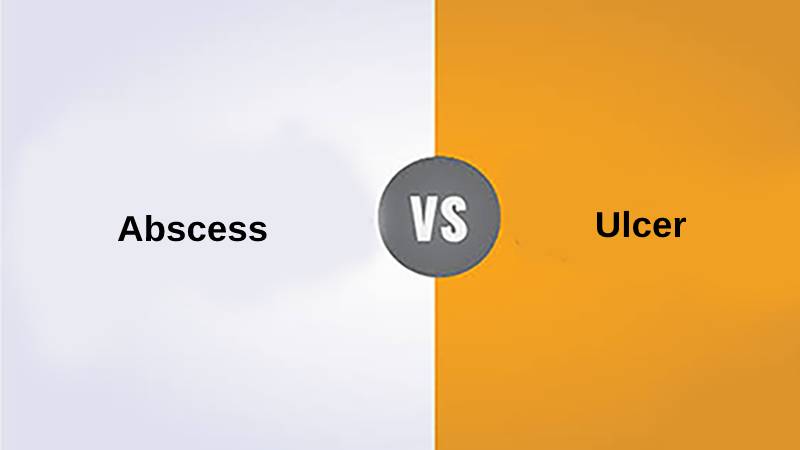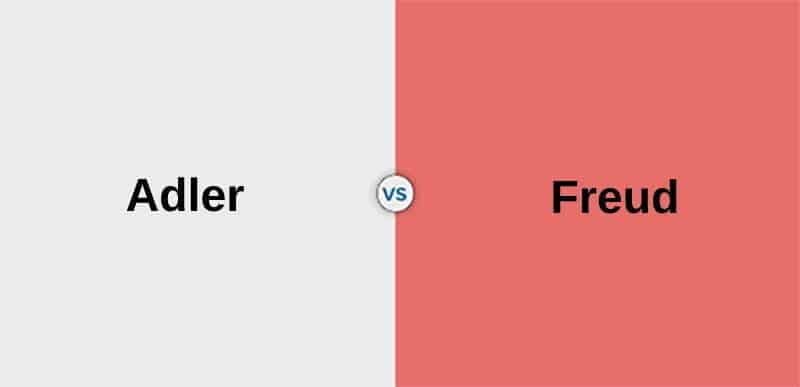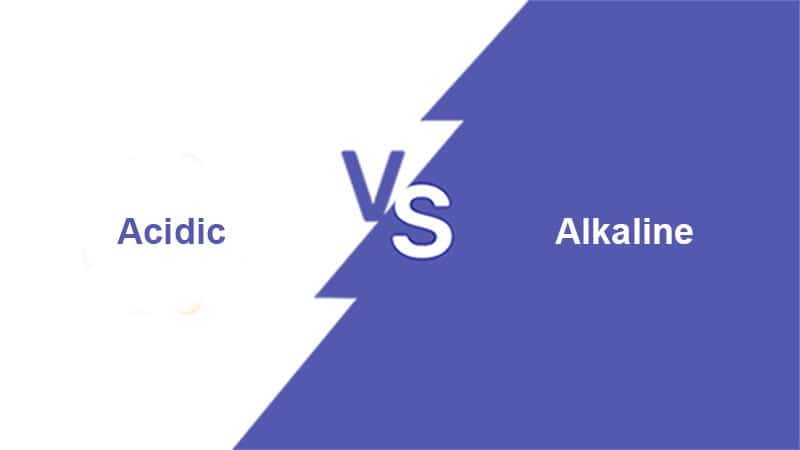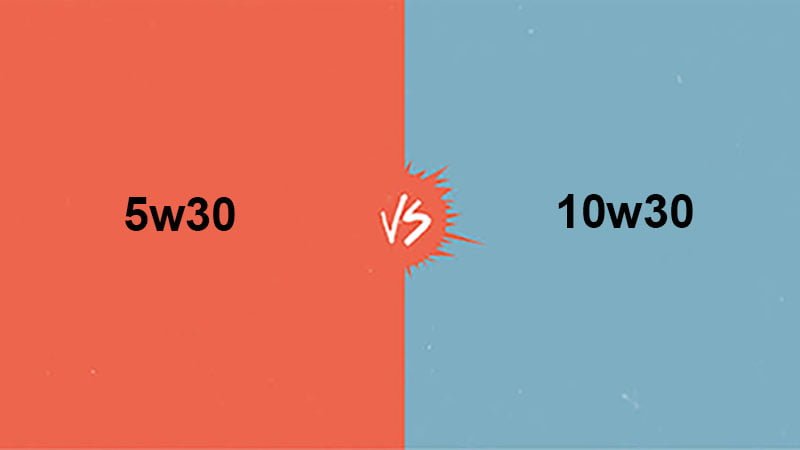Neurodevelopmental and Behavioral Disorders
Neurodevelopmental Disorders: A Broad Spectrum
- Neurodevelopmental disorders encompass a range of conditions characterized by atypical brain development, affecting cognitive, emotional, and behavioral functioning. Among these disorders, Attention-Deficit/Hyperactivity Disorder (ADHD) and Conduct Disorder (CD) stand out as distinct conditions, each with its unique features and diagnostic criteria.
Key Distinctions
- ADHD primarily affects attention, impulse control, and hyperactivity, leading to difficulty focusing and completing tasks.
- CD, conversely, is marked by persistent patterns of behavior that violate societal norms and the rights of others, including aggression, deceitfulness, and rule-breaking.
ADHD (Attention-Deficit/Hyperactivity Disorder)
The Inattentive, Impulsive, and Hyperactive Syndrome
What is ADHD?
- ADHD is a neurodevelopmental disorder characterized by persistent inattention, impulsivity, and hyperactivity patterns that can interfere with daily functioning and development. It begins in childhood and may continue into adolescence and adulthood.
Key Features of ADHD
- Inattention: Individuals with ADHD may have difficulty sustaining attention, following through on tasks, and organizing activities.
- Impulsivity: Impulsivity in ADHD is evident through hasty decision-making, difficulty waiting for one’s turn, and acting without considering consequences.
- Hyperactivity: Hyperactive behavior includes restlessness, excessive talking, and fidgeting. While not all individuals with ADHD are hyperactive, it is a common feature.
Types of ADHD
- ADHD is categorized into three subtypes based on predominant symptoms:
- Predominantly Inattentive Presentation: Characterized by significant inattention but not hyperactivity-impulsivity.
- Predominantly Hyperactive-Impulsive Presentation: Marked by hyperactivity and impulsivity without prominent inattention.
- Combined Presentation: Features both inattention and hyperactivity-impulsivity.
Diagnosis and Evaluation
- Diagnosing ADHD involves a comprehensive assessment by healthcare professionals, including pediatricians, psychiatrists, and psychologists. The Diagnostic and Statistical Manual of Mental Disorders (DSM-5) provides specific criteria for ADHD diagnosis.
Treatment
- Treatment for ADHD includes a combination of behavioral therapy, psychoeducation, and medication. Commonly prescribed medications include stimulants (e.g., methylphenidate and amphetamines) and non-stimulants (e.g., atomoxetine).
Conduct Disorder (CD)
Disruptive Behavior and Violations of Norms
What is Conduct Disorder?
- Conduct Disorder (CD) is a behavioral disorder characterized by a repetitive and persistent pattern of behavior that violates the basic rights of others and societal norms. It emerges during childhood or adolescence, leading to significant social and legal problems.
Key Features of CD
- Aggression: Aggressive behavior toward people and animals, such as bullying, physical fights, and using weapons.
- Destruction of Property: Deliberate destruction of property, arson, or vandalism.
- Deceitfulness: Repeated lying, stealing, and other forms of deceitfulness for personal gain.
- Rule Violation: Consistent violations of rules, including truancy, running away from home, and engaging in sexual activity at an early age.
Subtypes of CD
- Conduct Disorder can manifest in several subtypes, depending on the predominant behavioral features:
- Childhood-Onset Type: Symptoms appear before age 10, including aggression, defiance, and rule-breaking.
- Adolescent-Onset Type: Symptoms emerge during adolescence and may be associated with a peer group that engages in delinquent behavior.
- Unspecified-Onset Type: The age of onset is unclear or does not fit the childhood or adolescent onset criteria.
Diagnosis and Evaluation
- The diagnosis of Conduct Disorder is made by mental health professionals based on specific criteria outlined in the DSM-5. Evaluations may involve interviews with the individual, their caregivers, and a review of their behavioral history.
Treatment
- Treatment for CD involves a combination of psychotherapy, family therapy, and, in some cases, medication. Psychotherapeutic approaches aim to address underlying emotional and behavioral issues while teaching appropriate social skills and coping strategies.
Key Differences
Let’s delve into the key differences between ADHD and Conduct Disorder (CD):
Nature of the Disorder
- ADHD: ADHD is a neurodevelopmental disorder primarily characterized by inattention, impulsivity, and, in some cases, hyperactivity. It primarily affects cognitive and attentional processes.
- CD: Conduct Disorder is a behavioral disorder marked by a repetitive and persistent pattern of antisocial behaviors, including aggression, rule violations, and deceitfulness. It primarily affects behavior and social interactions.
Key Features
- ADHD: Key features of ADHD include inattention, impulsivity, and, in some cases, hyperactivity. Individuals with ADHD may struggle with focus, organization, and impulse control.
- CD: Key features of CD include aggression, deceitfulness, destruction of property, and rule violations. Individuals with CD engage in behaviors that violate societal norms and the rights of others.
Age of Onset
- ADHD: Symptoms of ADHD appear in childhood and may persist into adolescence and adulthood.
- CD: Depending on the subtype, CD can manifest in childhood or adolescence. Childhood-onset CD is characterized by symptoms before age 10, while adolescent-onset CD emerges during adolescence.
Diagnostic Criteria
- ADHD: Diagnosis of ADHD is based on specific criteria outlined in the DSM-5, which include the presence of inattention, impulsivity, and hyperactivity, depending on the subtype.
- CD: Diagnosis of CD is based on criteria in the DSM-5, which specify patterns of aggressive behavior, rule violations, and deceitfulness.
Treatment Approaches
- ADHD: Treatment for ADHD includes a combination of behavioral therapy, psychoeducation, and, in some cases, medication. Commonly prescribed medications include stimulants and non-stimulants.
- CD: Treatment for CD involves psychotherapy and family therapy to address underlying emotional and behavioral issues, teach appropriate social skills, and help individuals manage their behavior. Medication may also be considered in certain cases.
Impact on Functioning
- ADHD: ADHD can affect an individual’s ability to focus, complete tasks, and regulate impulses. It may impact academic and occupational functioning.
- CD: CD can lead to significant social and legal problems, including conflicts with peers, academic difficulties, and involvement with law enforcement.
Core Challenges
- ADHD: Core challenges in ADHD involve attentional difficulties, impulsivity, and, in hyperactive cases, excessive restlessness and fidgeting.
- CD: Core challenges in CD relate to disruptive and antisocial behaviors, including aggression, deceitfulness, and violations of societal norms.
Table: Summary of Differences
Here’s a summary table highlighting the key differences between ADHD and Conduct Disorder:
| Aspect | ADHD (Attention-Deficit/Hyperactivity Disorder) | Conduct Disorder (CD) |
|---|---|---|
| Nature of Disorder | Neurodevelopmental disorder with attention and impulse control issues | Behavioral disorder marked by persistent antisocial behaviors |
| Key Features | Inattention, impulsivity, and, in some cases, hyperactivity | Aggression, deceitfulness, destruction of property, rule violations |
| Age of Onset | Typically appears in childhood and may persist into adolescence and adulthood | Can manifest in childhood or adolescence (subtype-dependent) |
| Diagnostic Criteria | Based on specific criteria in the DSM-5, including inattention, impulsivity, and hyperactivity | Based on DSM-5 criteria, including patterns of aggressive behavior, rule violations, and deceitfulness |
| Treatment Approaches | Behavioral therapy, psychoeducation, and medication (if needed) | Psychotherapy, family therapy, and medication (if needed) |
| Impact on Functioning | May affect focus, impulse control, and academic/occupational functioning | Can lead to significant social and legal problems |
| Core Challenges | Attentional difficulties, impulsivity, and, in hyperactive cases, restlessness | Disruptive and antisocial behaviors, including aggression and rule violations |
Conclusion
ADHD and Conduct Disorder (CD) represent distinct neurodevelopmental and behavioral disorders, each with unique characteristics and diagnostic criteria. ADHD primarily affects attention, impulse control, and, in some cases, hyperactivity. In contrast, CD is marked by a persistent pattern of antisocial behaviors that violate societal norms and the rights of others. Understanding these differences is essential for accurate diagnosis and developing tailored treatment approaches for individuals with these conditions.
